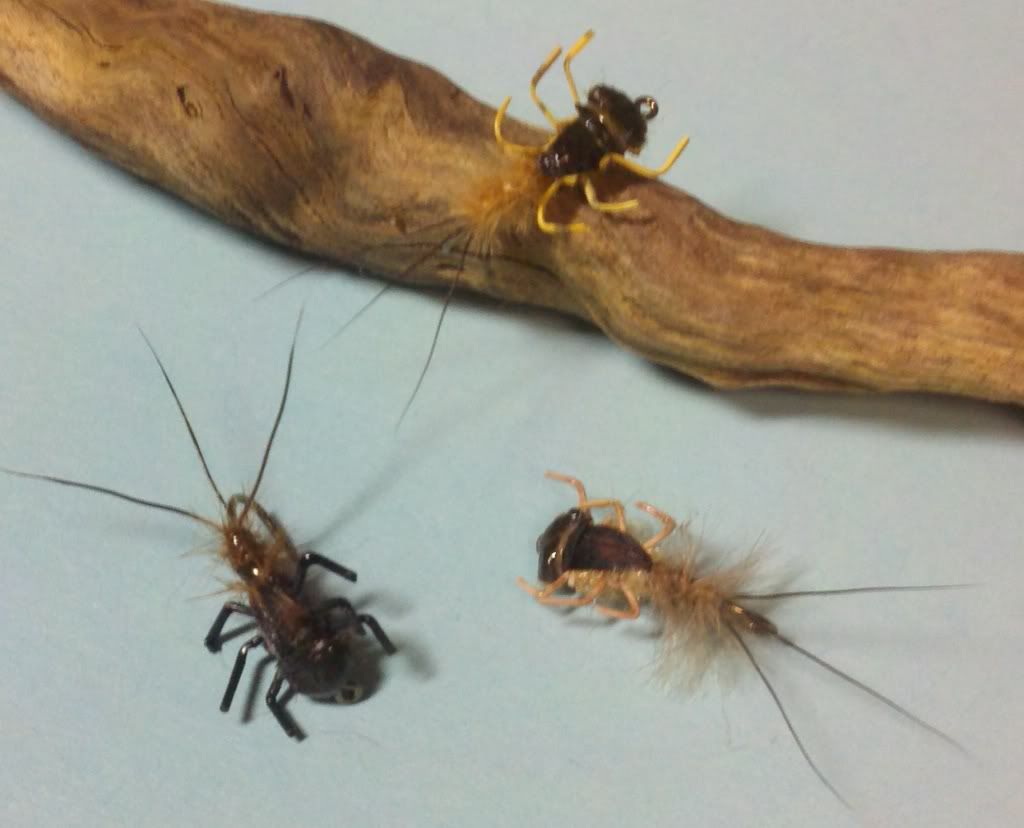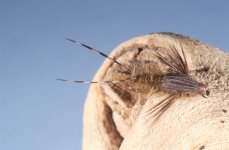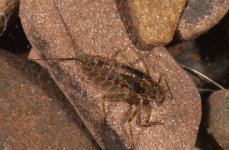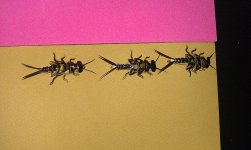mike_richardson
Active member
- Joined
- Mar 29, 2010
- Messages
- 1,564
I had just watched a video last night sent to me by a fellow PAFF member. In this English video the tyer created one of these and used small rubber legs and added heat from a cauter gun to the legs to get them to bend. When i checked another online forum the guy tied the same pattern, but used j:son mayfly legs.
I am sending out a hairline order in the next few days. Has anyone ever used the J:Son products. They are a bit pricey but seem they would cut back on time.
I have nothing in my arsenal that has the profile of these clingers and think they could really put fish in my net.
I am sending out a hairline order in the next few days. Has anyone ever used the J:Son products. They are a bit pricey but seem they would cut back on time.
I have nothing in my arsenal that has the profile of these clingers and think they could really put fish in my net.







